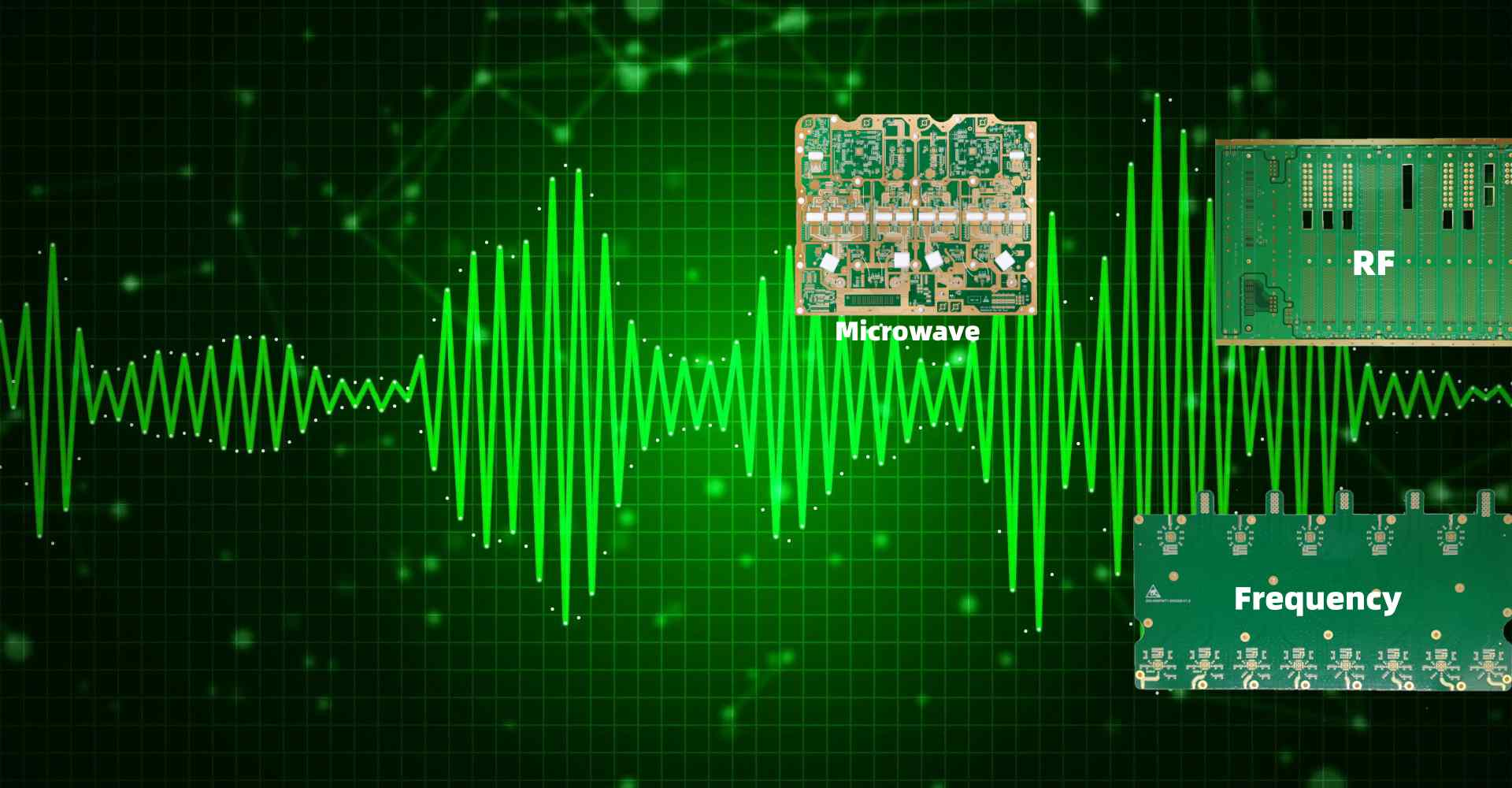Introduction
The Bisco MS Medical and Life Science Series offers a range of analytical equipment for applications in medical, pharmaceutical, environmental, food, and other life science industries. Some of the key techniques enabled by these instruments include chromatography, mass spectrometry, spectroscopy, thermal analysis, and particle characterization. This article provides an overview of analytical capabilities of this equipment series and its applications.
Chromatography
Chromatography allows separation, identification and quantification of sample components. Key Bisco MS chromatography systems include:
High Performance Liquid Chromatography (HPLC)
- Used for separation, identification and quantification of compounds in liquid phase
- Main applications: pharmaceutical, biomedical, food, environmental analysis
Gas Chromatography (GC)
- Used for separation, identification and quantification of volatile and semi-volatile compounds
- Main applications: environmental monitoring, petrochemical, food analysis
Ion Chromatography (IC)
- Used for separation and quantification of ionic species and polar molecules
- Main applications: water quality monitoring, semiconductor industry
Mass Spectrometry
Mass spectrometers are used to determine mass of molecules and molecular fragments. Bisco MS mass spec systems include:
Quadrupole Mass Spectrometers
- Determine mass to charge ratio of ions
- Used for quantitative and qualitative analysis in environmental, food safety, pharmaceutical and biomedical applications
Time-of-Flight Mass Spectrometers
- Measure mass to charge ratio based on time ions take to reach detector
- High resolution capabilities for accurate mass analysis of large bio-molecules
Ion Trap Mass Spectrometers
- Used for structural elucidation and confirmation of identity of pharmaceuticals and biomolecules
Spectroscopy
Spectroscopic techniques measure interaction of electromagnetic radiation with matter. Relevant Bisco MS spectroscopy equipment includes:
Atomic Absorption Spectrometry (AAS)
- Used for determination of metals and some non-metals in liquid samples
- Main applications: environmental analysis, geological, metallurgical, food safety
Infrared (IR) Spectroscopy
- Provides information on molecular structure based on IR absorption
- Applications include polymer analysis, pharmaceutical quality control
Nuclear Magnetic Resonance (NMR) Spectroscopy
- Provides information on molecular structure, dynamics and interactions
- Key applications include structural elucidation in chemistry, biochemistry and pharmacy
Thermal Analysis3

Thermal analysis measures physical and chemical properties as a function of temperature. Bisco MS thermal analysis systems include:
Differential Scanning Calorimetry (DSC)
- Measures heat flows associated with transitions and reactions as a function of temperature
- Applications include polymer, pharmaceutical, food and petrochemical analysis
Thermogravimetric Analysis (TGA)
- Measures weight changes associated with decomposition, oxidation or dehydration with temperature
- Used for compositional analysis of polymers, pharmaceuticals, food
Dynamic Mechanical Analysis (DMA)
- Measures viscoelastic properties as a function of temperature, time and frequency
- Used for polymeric materials, food texture analysis
Particle Characterization
Particle analyzers determine properties like size, shape, zeta potential. Bisco MS particle characterization equipment includes:
Laser Diffraction Particle Size Analyzers
- Measure particle size distribution based on diffraction pattern of laser light
- Applications include pharmaceuticals, paints, cement and food
Zeta Potential Analyzers
- Measure surface charge of particles in dispersion
- Used for stability testing of emulsions, dispersions and formulations
Frequently Asked Questions
What are some common applications of chromatography in the life sciences?
Some common applications of chromatography in life sciences research and testing include:
- Separating and analyzing proteins/peptides, nucleic acids, carbohydrates
- Quantifying drugs and metabolites in biological samples
- Analyzing biomarkers of disease
- Testing purity and stability of pharmaceuticals
- Analyzing food additives and contaminants
How does mass spectrometry help in clinical diagnosis?
Mass spectrometry can analyze proteins, metabolites and other biomarkers from patient samples to help detect and diagnose diseases. Some examples include:
- Identifying bacterial infections
- Screening newborn babies for inherited disorders
- Monitoring levels of drugs and hormones
- Detecting cardiac disease markers
- Identifying cancer biomarkers for early diagnosis
What food quality parameters can be tested using spectroscopy?
Some examples of food quality parameters that can be tested using spectroscopic techniques:
- Moisture content using near-infrared spectroscopy
- Oil quality parameters like free fatty acids using infrared spectroscopy
- Protein and fat content in dairy products using infrared/Raman spectroscopy
- Brix measurements indicating sugar content using refractometry
- Meat quality parameters using Raman spectroscopy
- Detection of contaminants and food adulteration
How is thermal analysis used for studying polymers?
Thermal analysis techniques like DSC, TGA and DMA can provide insights into:
- Glass transition temperature (Tg)
- Melting points
- Crystallinity
- Decomposition pattern
- Oxidative stability
- Viscoelastic properties
This data helps determine polymer structure, morphology and additives, and predicts polymer behavior during processing and use.
What particle characterization parameters are important for assessing stability of emulsions?
Key parameters for assessing emulsion stability include:
- Droplet size distribution
- Mean droplet size and span
- Zeta potential – indicates charge repulsion between droplets
- Rheological properties like viscosity
- Physical stability under storage, temperature, centrifugation etc.
These parameters are measured using techniques like light scattering particle size analysis and zeta potential analysis.

Leave a Reply